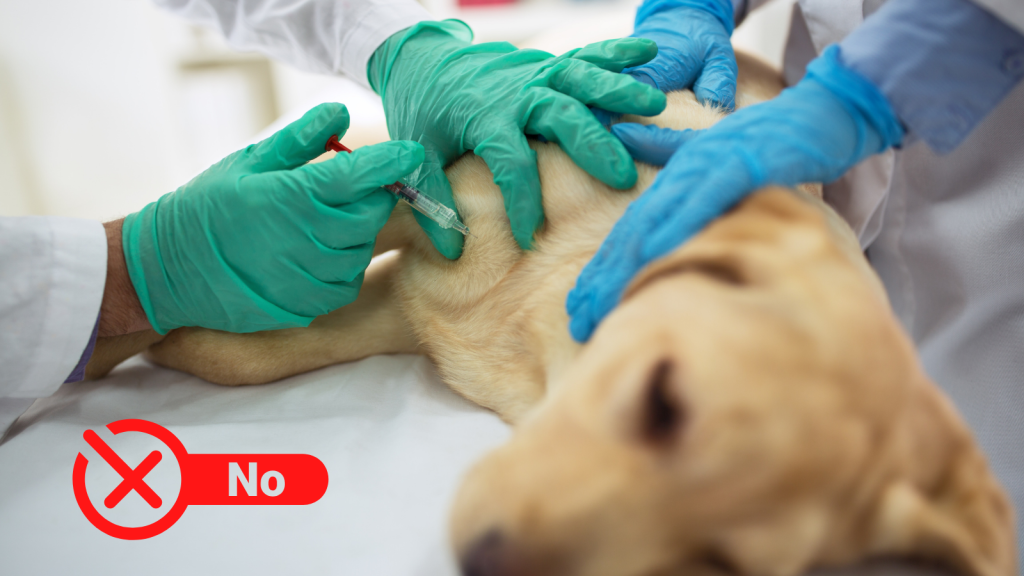Note: This is the second series about veterinary errors article, here is the first part.
See here. https://www.tayanasolutions.com/veterinary-medication-error-what-you-should-know-in-2022-part-01/
The following examples involve true stories of medication mistakes involving human, equine, and avian species—mistakes that could have easily been avoided with a little extra attention to detail.
Two types of examples of names errors in drugs
Veterinarians frequently prescribe human drugs to treat animals. The Animal Medicinal Drug Use Clarification Act of 1994 (AMDUCA) permits extra-label use (i.e., use in species other than those listed on the approved label) of FDA-approved human drugs to treat animals.
An increasing number of veterinary clinics carry both animal and human drugs; this is because veterinary prescriptions for a human drug can be filled and dispensed at a human pharmacy. Because of the growing number of drugs available for purchase over-the-counter without a prescription, however, there is an increased risk for medication errors in the use of pharmaceuticals. For example, if a veterinarian prescribes a human medication with the same name as an animal drug or vice versa, or prescribes an animal drug while intending to prescribe a human drug, it could result in a medication error. This can be illustrated by the following examples – case 1, case 2 , and case 3;
CASE 01: Drug Name Confusion and Error in Animals
A veterinary pharmacy reported that a veterinary technician mislabeled a prescription for a patient. The prescription was for “Convenia” for dogs, but the patient received “Cerenia” — an injectable drug used to prevent vomiting in dogs. After the error was discovered, the technician did not administer the drug or dispense it to the patient. The reporter identified several factors that contributed to the labeling error, including
(1) look-alike names and labeling of both drugs, which could cause confusion among staff;
(2) similar dosage amounts for each; and
(3) overlapping administration times for each.
Examples
CASE 02: Drug Name Confusion and Error in Humans
Both hydroxyzine and hydralazine are FDA-approved drugs used to treat human conditions. Hydroxyzine relieves itching caused by allergic skin reactions. Hydralazine treats high blood pressure. This drug name pair is well recognized in human medicine to cause confusion and errors due to look-alike and sound-alike similarities between the two names. This can occur in the human medication use process because the same drugs can be used to treat animals under certain conditions, particularly extra-label uses of FDA-approved drugs for treating animals.
In one case, a veterinarian prescribed hydroxyzine for a pet dog. The veterinarian dispensed the medicine for two days before the dog’s owner noticed that the drug information sheet indicated the medicine was used to treat high blood pressure. The mix-up was confirmed by the pharmacist when he called, who said hydralazine—not hydroxyzine—was dispensed in error.
CASE 03 Drug names for animal and human medications can be confusing.
As illustrated in the above case report, human drugs that sound-alike or look-alike names of animal drugs can potentially result in harm to animals. CVM received a report regarding a dog who mistakenly received the human drug Sinequan (doxepin) instead of the prescribed animal drug Zeniquin (marbofloxacin). The FDA reported a case in which Zeniquin (marbofloxacin, an antibiotic) was accidentally given to a dog that had been prescribed Sinequan (doxepin), a human antidepressant. The dog became ill with lethargy, anorexia, and not urinating after receiving the wrong medicine. It was treated and recovered.
The drug brand name Sinequan is no longer available. However, the drug product’s name is still known to veterinarians and consumers, as it is found in veterinary drug references and is used on prescriptions written for animals. Some pharmacies may not be familiar with all veterinary drugs, including brand names. We do not know whether this error occurred when a veterinarian communicated the prescription orally or whether it happened when a pharmacist filled the prescription for an animal.
Information related to this article can be found in FDA advice-ERR: Veterinary Drug and Human Drug – A Drug Name Mix-up.
To track the errors of the names and proper inventory management. You need highly featured and customized ERP solutions or Process Manufacturing software i.e., APM. Visit here to learn more about Acu Process Manufacturing (APM) Cloud ERP or, Join the Demo.
Examples of error-prone notations include the following:
Case 01
The veterinarian treated an animal patient with 5 milliliters of an antibiotic. The next day, she realized that the patient had received a ten-fold overdose of an antibiotic known to cause toxic side effects in the kidneys. She had misread the poorly placed decimal point on the syringe.
Misreading of a drug’s dosage due to the misapplication of leading or trailing zeros before or after the decimal point can result in serious injuries, as seen in a case report regarding a patient who received a ten-fold overdose of their medication.
- When a trailing zero is used, “5.0 mg” may be misread as “50 mg.”
- When writing a fraction, always use a zero before the decimal point. Otherwise, “.5 mg” may be misinterpreted as “5 mg.”
Use of a trailing zero should be avoided, whereas leading zeroes can clarify the decimal point location.
Case 02
In a veterinary clinic, enrofloxacin tablets were prescribed to be administered once a day. However, the order was mistakenly transcribed as four times a day and resulted in an overdose. In this case, there was an overdose due to similarities between the words once and four. The risk of serious side effects is high when administering enrofloxacin because there is a strong correlation between dose and severity of side effects.
Medication errors can occur because symbols and abbreviations convey specific information to pharmacists, but may be unfamiliar to others. One common error is a misinterpretation of the abbreviation “kg” to mean “kilogram” rather than “gram.” Medication errors in animals occur not only in veterinary clinics but also in pharmacies where Veterinarians often depend on pharmacists and pharmacy technicians to understand medication orders written in veterinary abbreviations.
Labeling and packaging errors are common in the pharmaceutical industry.
With the recent influx of reports received by CVM about potentially misleading or confusing drug labels and packaging for animal drugs, the FDA’s Center for Veterinary Medicine is reminding you that the agency does not review products for accuracy or completeness.
- CVM has received many reports involving accidental overdose with Sileo in dogs treated with the drug, including administration to dogs that had already been treated with anesthesia. Sileo (dexmedetomidine) oromucosal gel is a prescription gel that is given to dogs by mouth to treat noise aversion (signs related to anxiety or fear due to noise). The medicine was to be administered orally with an oral dosing syringe, which would deliver a certain amount of medicine. Reported use errors that resulted in accidental overdoses involving the operation of the dosing syringe’s ring stop.
The FDA and the manufacturer of CVM’s new dosing syringe for dogs (Sileo) received reports of misuse of the product. Veterinarians were having difficulty operating the syringe and keeping it sterile, and users were reporting challenges administering the drug to their dogs. As a result of these reports, the FDA recalled Sileo and mandated a new training program for veterinarians that taught the proper handling and use of the device.
The CVMA also published CVM Updates to inform veterinary practitioners and pet owners about the issue. Click here to view. The Food and Drug Administration is continuing to warn about the risk of accidental overdosing when treating dogs with the noise aversion drug Sileo.
- The dosage and directions for use on a container of the injectable antibiotic drug for food-producing animals are printed in white ink on silver-colored foil. The added color makes the label easier to read when treating the animals outside or in the barn.
- A bottle of antibiotic labeled “for intramammary infusion in dry dairy cows” was mistakenly given to lactating dairy cows, which resulted in traces of the drug being detected in the milk. The report concluded that the drug container label for lactating dairy cows is too similar to that for dry dairy cattle, which could lead to mix-ups and confusion.
- Veterinarian Mark Besser said he almost gave a drug to his client that was used to cause luteolysis in beef and dairy cattle, but that the drug instead was supposed to be used to prevent and treat selenium-Vitamin E deficiency in weanling calves and breeding beef cattle. The drugs’ packaging looked too similar, he said.
To be continued part 03…
Considerations
You must be aware of these updated FDA regulations. To help your veterinary drug manufacturing company stay compliant and on top of the latest trends in the industry, you should consider adopting a futuristic ERP solution like Acu Process Manufacturing (APM). It will offer you all the tools you need to manage your business with ease. If you have any questions, please get in touch with our experts. We’re here to help! Call now. https://www.tayanasolutions.com/contact-us/

Sangeetha brings 20 years of experience in Information Technology which includes Solution architecting, building micro services, research, and evaluation of business applications, integrating apps.

